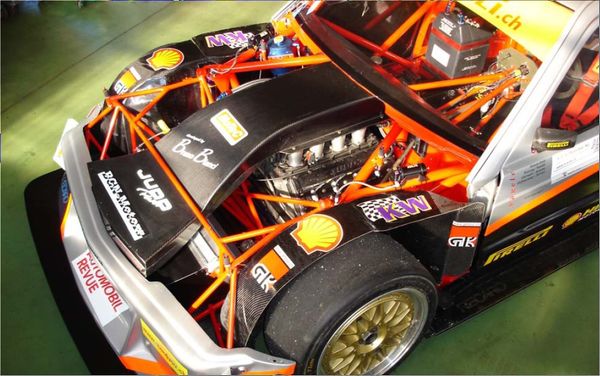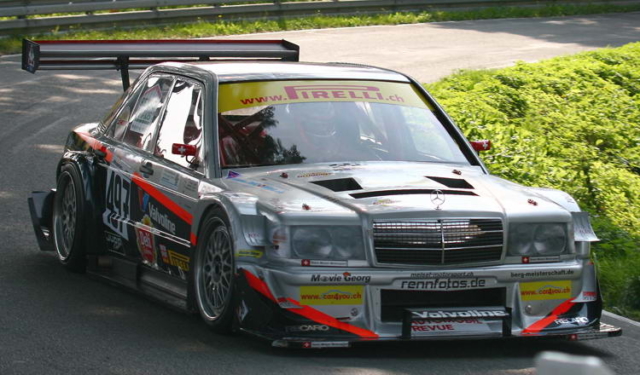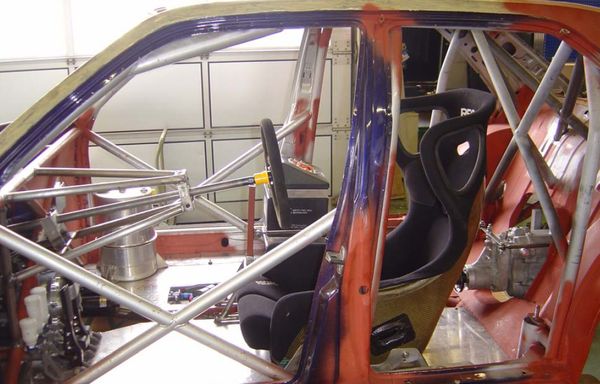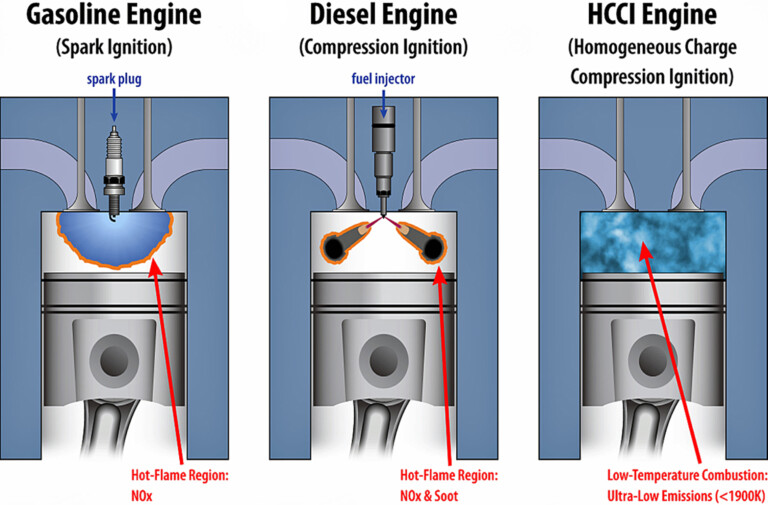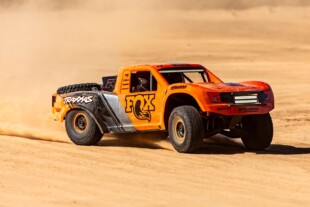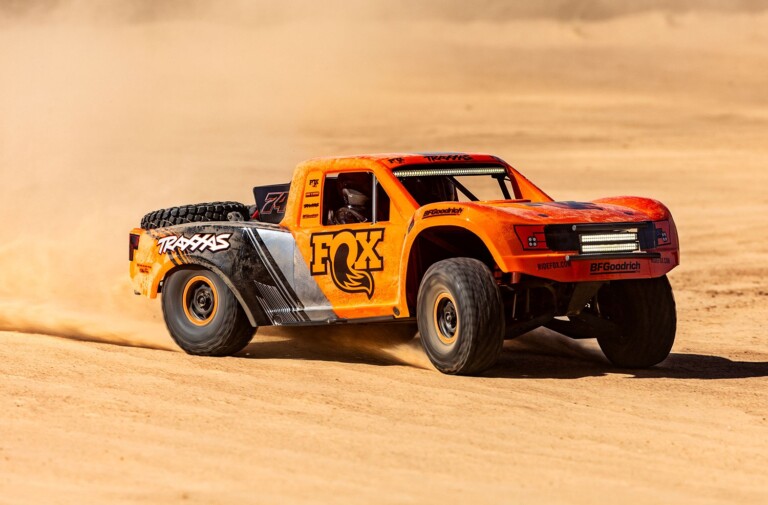When one considers the ludicrous conditions hillclimb racing involves, it’s not surprising that some of the wildest racing machines in existence make an appearance in this category. Hillclimbing holds a touch of the spirit found in old-world racing, free from big-time legislation, free from massive media coverage, and is therefore still slightly crazy. The machine on display here could be described as certifiable, since it’s a former French Touring car with an engine from something much quicker.
Judd’s line of V8s have had plenty of success in various forms of racing, including Formula One. Though not the game-changing motor that some might assume it would be, this particular lightweight, compact motor did spend some time at the top of the racing totem pole, lodged snugly behind the cockpit of a 1990 Brabham F1 car.
As it’s designed for road racing, the 3.5-liter V8 was built light, measuring in at a mere 304 pounds. It also makes 564 horsepower and 295 lb/ft of torque in a car with an 1,800-pound curb weight! The peak power is made at a wailing 9,000 rpm, which makes it the ideal motor for tight, twisting and bumpy corners. This is because a high-revving, low-torque powerplant tends to build fairly progressively and thus can be applied without much wheelspin.
However, the driver here could probably handle a little more torque. Reto Meisel, owner and creator of this ludicrous machine, has little trouble putting the power to the ground with the help of a transaxle gearbox sitting over the back axle, which puts 53 percent of the vehicle’s weight at the rear. The Hewland six-speed sequential allows the featherweight Mercedes to hit sixty in 2.7 seconds, albeit with some traction control minimizing slip.
The fearsome Benz began life as a French Super Touring Car, but quickly acquired some parts from the 190E DTM car, namely the front end geometry, to help it corner. The entire front end is custom-tubed, with removable wheel arches allow the team to get to the innards quickly and efficiently. Aiding that cornering adeptness is the location of the driver’s seat. Nudged squarely against the B-pillar, Meisel sits in the center of the car, albeit slightly off the the left.
Aiding its high speed brilliance is the massive diffuser, a wing fitting for a GT car, and an incredible front end. The handiwork seen in that massive front spitter and the canards adorning the fenders will make any motorsport aficionado drool.
The engine, being a fragile racing motor, requires and external heater with Staubli couplings for preheating prior to a run. Like a proper, normally-aspirated racing engine, it also boasts an enormous airbox that dwarfs the engine. On full song, with the independent throttle bodies and that massive intake, the car sounds absolutely divine. Turbochargers, eat your cores out.



